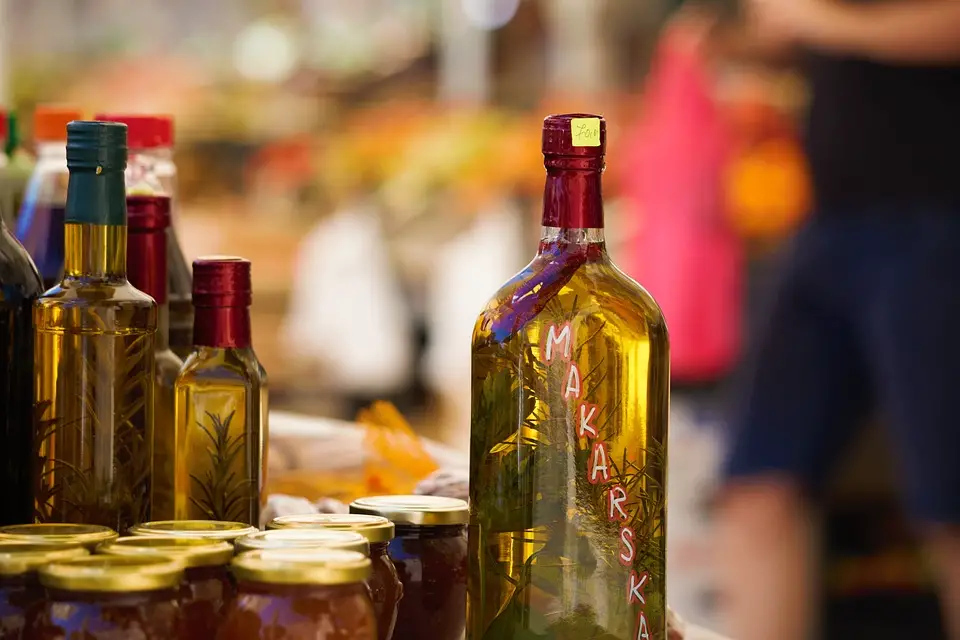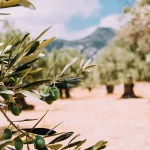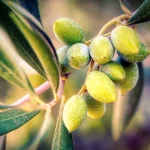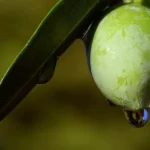As Poslovni Dnevnik writes, despite the unprecedented drought that the country experienced during this particularly harsh summer, Istrian olive growers have high expectations for their harvest and earnings. The Istrian olives are healthy, there is enough fruit, and the first drops of this year’s Croatian olive oil indicate, as usual, a world-class product. That said, for a litre of extra virgin olive oil – you’ll have to reach considerably deeper into your pocket and allocate a larger amount, as reported by HRT.
The first pickers entered the olive groves in the south of Istria recently and the fruits are being removed from the trees ready to be turned into Croatian olive oil, a much loved and heavily awarded product. The unprecedented drought this year failed to significantly reduce the crop, and the fruit was also finally aided by the recent rainfall. When it comes to the harvest, an average year is expected.
“We’re harvesting with ten shakers, meaning we harvest around a tonne and a half of olives every day. When the machine harvest starts, then it goes up to four, five, and even six tonnes a day,” said agronomist Armando Miljan.
In the plantations owned by the Chiavalon family, rosinjola is being harvested – an autochthonous variety of olive that has been the first to ripen in more recent years, but the harvest is uneven even there.
“It’s good that some locations are already ripe and good for harvesting like this one, but some are completely green, because during the drought they were affected by a lack of water and were a little behind in the phenophase,” said Sandi Chiavalon, a well-known Croatian olive grower from Vodnjan in Istria.
Oil mills have also opened their doors and people are busy bringing in the first olives for processing. “Last year there were few of them, there was nothing to speak of really. This summer has seen twice as much growth as last year”, said Zlatko Ivancic, also from Vodnjan.
There will be enough Croatian olive oil, and its quality will be first-class, but it’s going to come with a higher price. “These are some very aromatic oils. The polyphenols are high, which means that this is a healthy product,” added Chiavalon. Due to the increase in energy prices and spiralling inflation which doesn’t appear to be letting up, Croatian olive oil prices are, much like everything else, skyrocketing. “Now, one litre of bottled Croatian olive oil costs 180 kuna, so the maximum could be two hundred. I say that approximately, because we’re never sure what tomorrow is going to bring, said Livio Belci, an olive grower from Vodnjan.
Despite the higher prices, the placement of premium olive oil should not be a problem. “Our production is around 30,000 litres of oil every year, which is an average, and everything is sold,” said the director of Agroprodukt, Aleksandar Basic Palkovic.
Customers come from not only all over Croatia, but from all over Europe. However, the increase in the price of much-loved Croatian olive oil could be reflected in consumption by local people, who will need to think twice in many cases before making the purchase.
For more, make sure to check out our dedicated news section.











